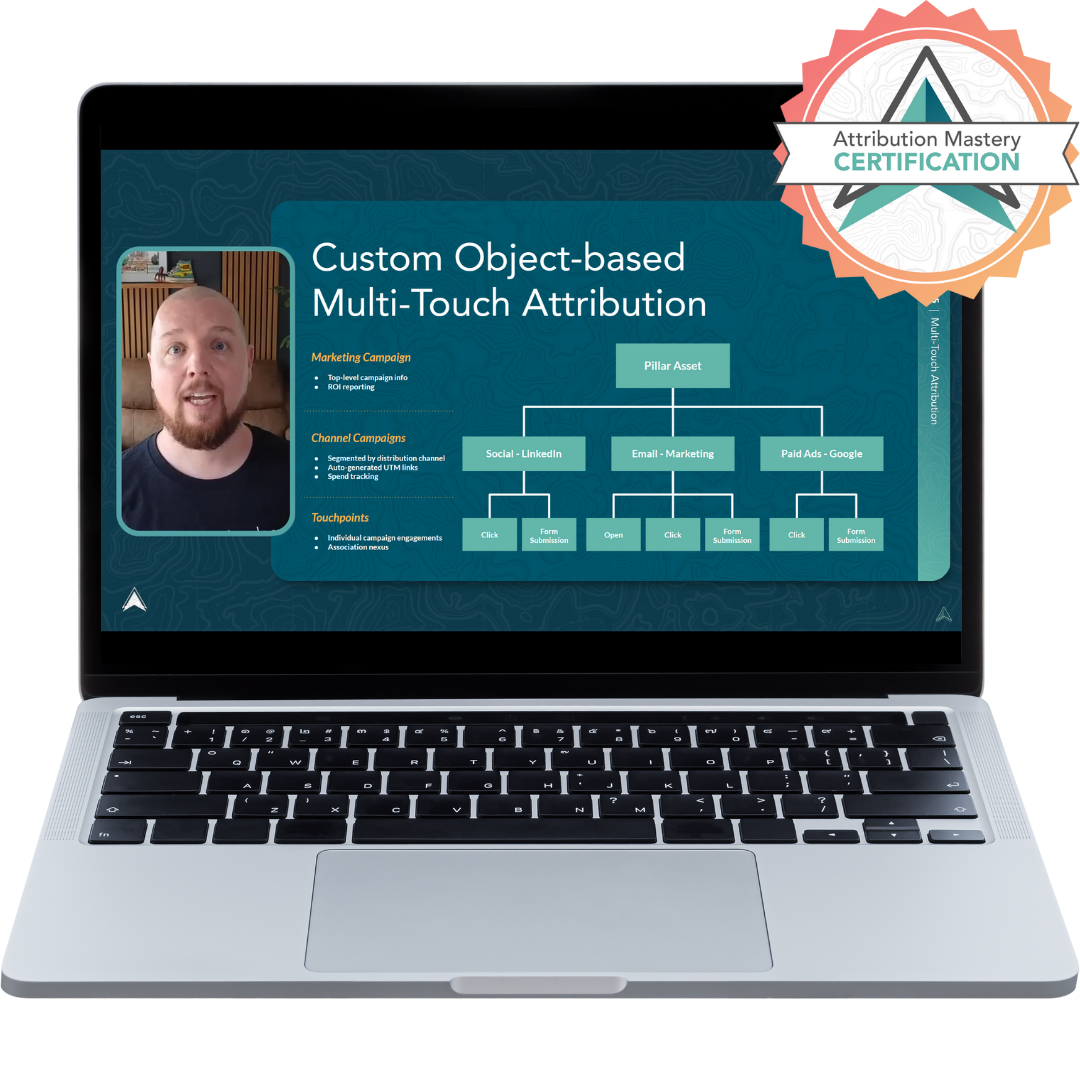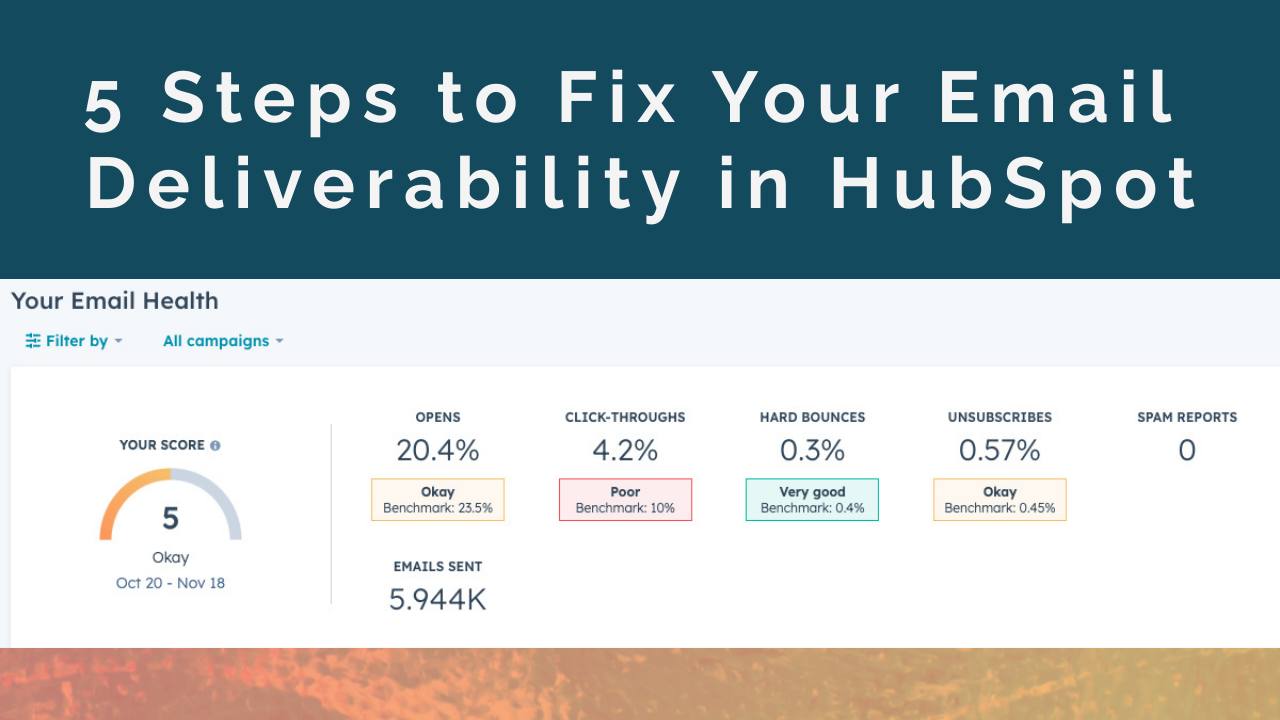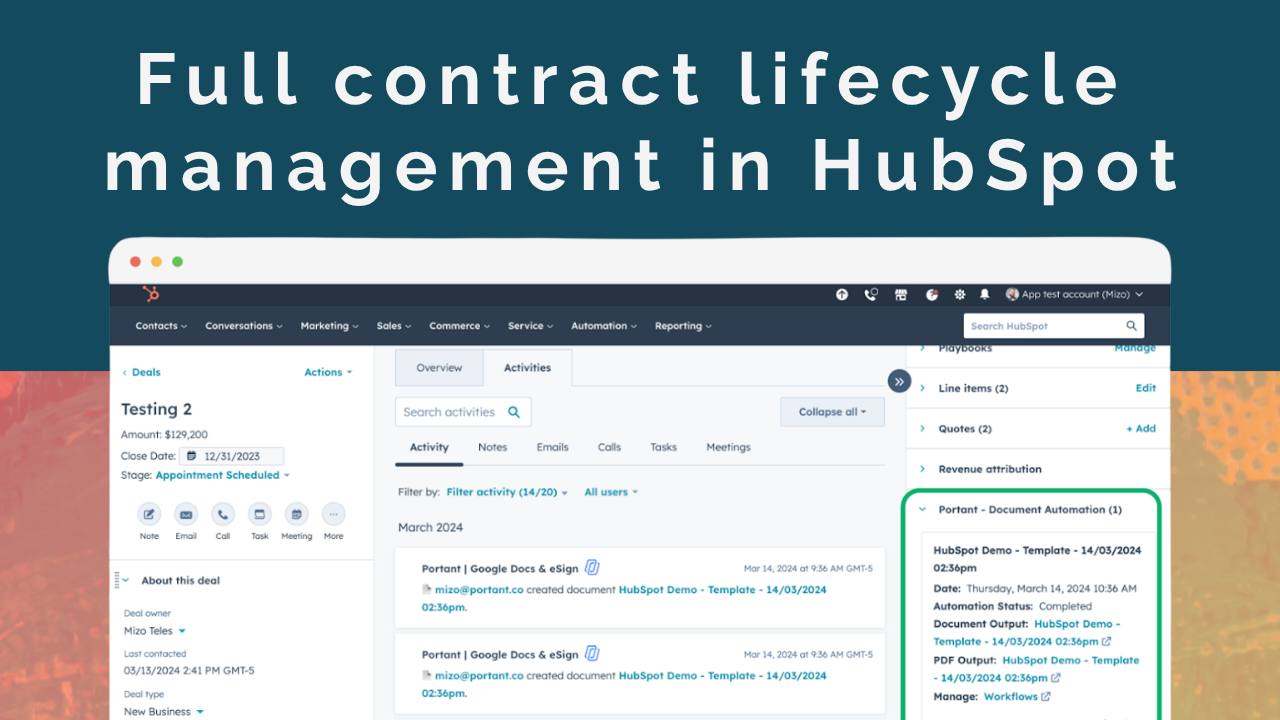4 Key Insights from the 2025 LinkedIn Algorithm Report
Today's topic is a little less HubSpot-ty than usual, but let's be honest, you are subscribed to this newsletter because you know me from LinkedIn, so I think you'll find this analysis interesting.
Like many B2B marketers and sales people, LinkedIn is a major channel for me. So I spend a lot of time thinking about how to maximize the value I get from it. As part of that, I pay attention to updates to LinkedIn's algorithm. And boy have there been some updates over the past few years.
Just since February of this year, average post reach for personal pages has been cut in half (47% decline). Follower growth and post engagement show similar declines.
But, after reading through the new October 2025 update to the LinkedIn Algorithm Insights Report from Richard van der Blom, I am here to tell you, that might not be a bad thing!
I'd recommend you check out the full report, but, I also understand that not everybody wants to read through all 250+ pages. So, to save you some time, here are my top 4 takeaways:
1. LinkedIn wants you to niche down
It used to be that more was more. More posts > more likes > more impressions > more follower growth. We were living in a land of algorithmic excess.
Not so anymore.
LinkedIn is indicating that it wants everyone to tighten up in a variety of ways.
Post in Topic Clusters
Rather than posting whatever is at your top-of-mind, it's now more valuable to focus in on two or three core themes for your content. Repeated posting within those themes builds "topic authority," which can extend your reach to other people that are interested in those topics.
LinkedIn is leveraging AI within its algorithm to identify interest areas and predictively recommend content that better fits what a user wants to see. That means, your content will be shown to fewer people overall, but it should be much more relevant to people who do see it.
Creators who repeated their core topics for 90 days saw 27% higher average reach and a 41% increase in "topic-based follows," according to the report.
Master Two Post Types
It's not just about what you post about. it's also about how you post it. And this is not a "variety is the spice of life" situation. The report suggests you should focus on posting 2-3 times per week using only a couple of core formats (text, image, document, video, etc.). Creators who regularly used 4+ post formats experienced 1.4x higher than average loss in reach.
I personally have settled on single image posts (best for things like screenshots of HubSpot) and short-form vertical video, although the report makes a strong case for adopting educational document posts (PDF carousels), since they result in more saves than average and are better for building topic authority.
Encourage Deep Engaagement
All engagement is not created equal. There used to be a direct correlation between likes and impressions. But now, I can have two posts get roughly the same number of likes with massive differences in reach.
That's because LinkedIn is putting more emphasis on types of engagement that show depth over volume. Think comments (particularly comment threads with multiple replies), post saves, and profile clicks. In addition to boosting engagement, these can also increase the longevity of the post in the timeline. This is why you are sometimes seeing posts from 3+ weeks ago pop up.
2. Comments make impressions go BRRRR
You might think about comments as only benefiting the post you comment on. Not true! Comments have their own rules for reach and engagement and will be shown to your audience, regardless of whether or not they follow the original poster. In fact, your comments even may get more engagement than their post (the LinkedIn equivalent of "getting ratioed").

Comments that drive engagement not only serve as another way to share your expertise with your audience, but they also help boost the reach and engagement with the posts you share when you make a point to comment on others' posts before and after posting your own.
I'd recommend using an Add/Ask/Anchor structure when commenting. Start by adding an insight to the post your are commenting on. Then ask a specific follow up question. And finally, anchor the comment with a useful takeaway. This structure helps drive replies to your comment, increasing its reach.

The Attribution Mastery Certification Course Launches Wed, Nov 19th!

Filming for the course has wrapped and we are 3 weeks away from the course's release! The Attribution Mastery Certification course covers how to build a robust attribution system from scratch. Over 5 in-depth modules, students will do a deep dive on the strategy and technical builds of various attribution models, create a project plan for implementing attribution, and learn how to use attribution data to tell the story of marketing’s impact on revenue.
Register before the course launches to get 50% off. Sign up here!







